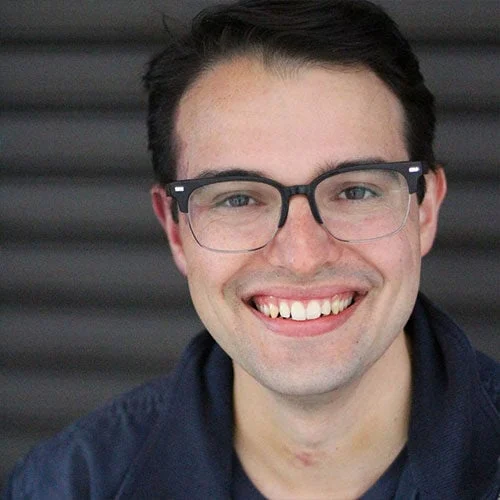

How "unlearning" helped one student gain a 340 point increase on the SAT
Most students are ready for a sizable increase on these exams; they just need to discover what is truly holding them back
When I first met James, he was scoring in the 1200s on his PSAT—not a bad starting point by any means, but I could tell that he had it in him to see much higher scores.
I could also tell that he already knew just about everything he needed to know to ace the test: he was in precalculus (which covers content beyond any math tested on the SAT) and already knew most of the grammar.
His test-prep path, then, wasn’t about learning new material. It was about changing his approach to the questions, about freeing him up to solve problems creatively.
In a way, then, it was about him unlearning the strict “fact-regurgitation” process that he’d come to master in school and instead helping him see the world of logic as a playground. And it worked.
It took a few months and a few attempts at the test, but he wound up with a score that exceeded even his own expectations: 1540, a number that wows just about every school in the country
– Nick M
